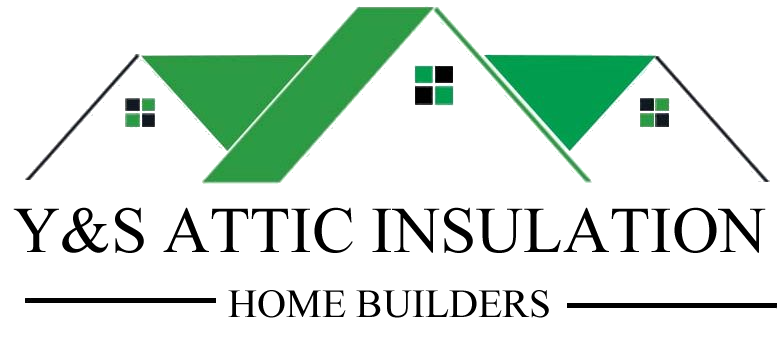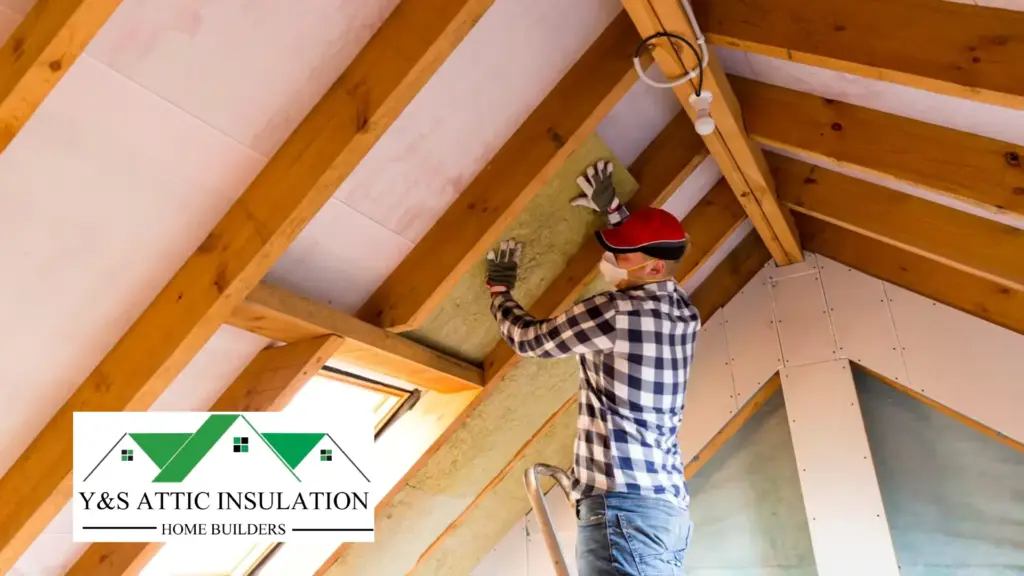Attic insulation plays a vital role in maintaining your home’s energy efficiency, but even small mistakes in insulation can lead to significant energy loss. Avoiding these common attic insulation errors ensures you get the best performance, comfort, and savings from your insulation. Here are some of the most frequent mistakes to watch out for.
Using Insufficient Insulation Thickness
One of the most common issues is not installing enough insulation. Insufficient thickness reduces the insulation’s R-value, making it less effective at blocking heat transfer. Each climate zone has recommended R-values for attic insulation to maintain optimal energy efficiency. Skimping on insulation can result in higher energy bills and uncomfortable indoor temperatures.
Checking Recommended R-Values
Be sure to check the recommended R-value for your area and apply enough insulation to meet or exceed this level. This ensures your attic insulation provides adequate thermal resistance, helping your home stay comfortable year-round.
Blocking Ventilation
Proper ventilation in the attic is essential to prevent moisture buildup and control temperature. Many homeowners make the mistake of covering soffit vents or other ventilation areas with insulation, which can lead to mold growth and reduce the insulation’s effectiveness. Keeping vents clear allows for airflow, which helps regulate attic temperature and prevent moisture issues.
Using Baffles to Maintain Ventilation
Baffles, or vent chutes, are an excellent way to keep insulation from blocking airflow. Installing baffles along the edges ensures that attic ventilation remains unobstructed, protecting your insulation and extending its lifespan.
Leaving Gaps and Compressed Insulation
Gaps and compressed insulation are common problems that reduce insulation performance. Compressed insulation loses its ability to trap air, which is essential for thermal resistance. Gaps in insulation coverage allow heat transfer, negating the benefits of adding insulation in the first place.
Ensuring Complete Coverage
When installing attic insulation, avoid compressing materials and ensure there are no gaps between insulation layers. Consistent, even coverage helps maintain the insulation’s efficiency, improving your home’s overall energy performance.
Ignoring Air Leaks
Air leaks around fixtures, pipes, and electrical outlets reduce the effectiveness of attic insulation. Without sealing these leaks, warm air from your home escapes into the attic, which forces your heating or cooling system to work harder. Adding caulk or spray foam around gaps before installing insulation prevents unnecessary energy loss.
Sealing Attic Bypasses
Attic bypasses, or gaps around fixtures and pipes, are often overlooked. Sealing these bypasses enhances insulation efficiency, allowing your attic insulation to perform optimally and keeping conditioned air where it belongs.
By avoiding these common attic insulation mistakes, you can ensure your home stays energy efficient, comfortable, and protected from moisture issues. Proper insulation installation is essential for maximizing energy savings and creating a more comfortable living environment.
Learn more about Attic insulation:
How to Properly Maintain Your Attic Insulation for Long-Term Performance
The Benefits of Upgrading Your Attic Insulation: Energy Efficiency and Beyond

